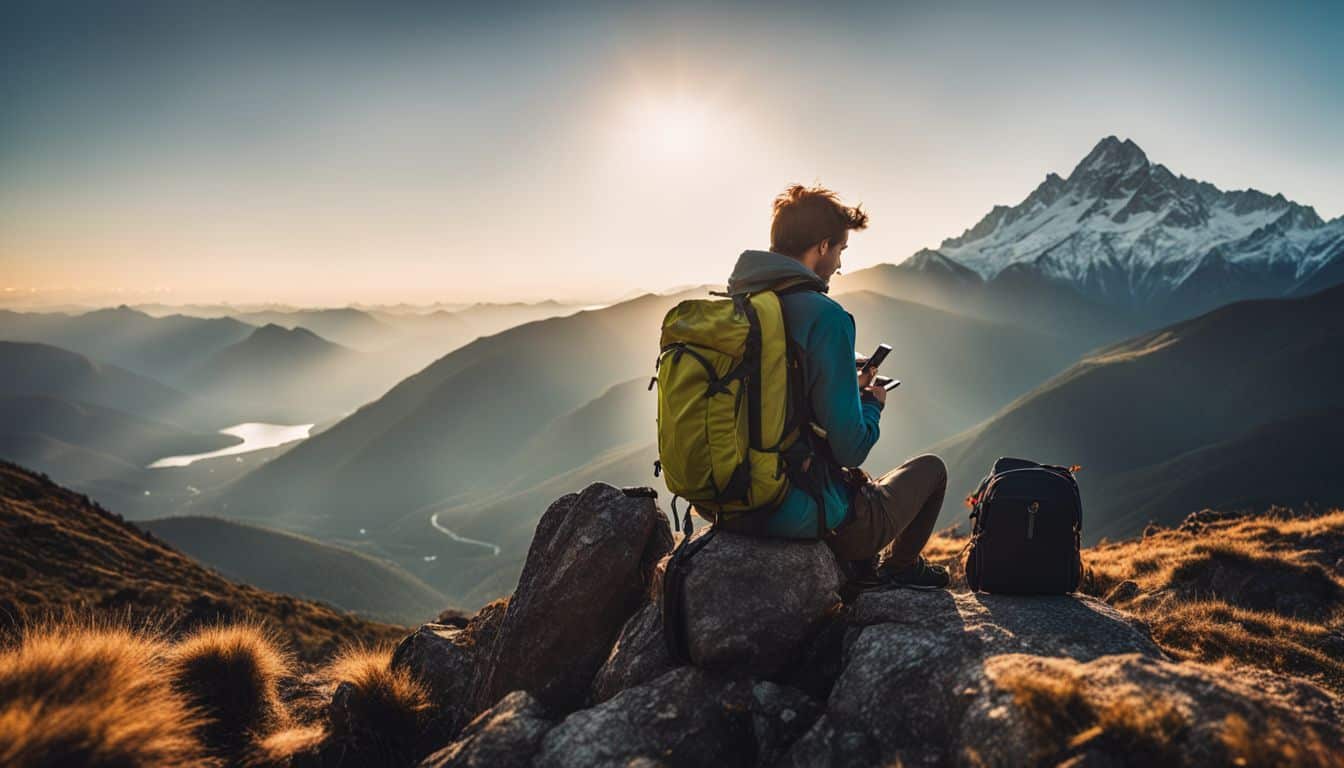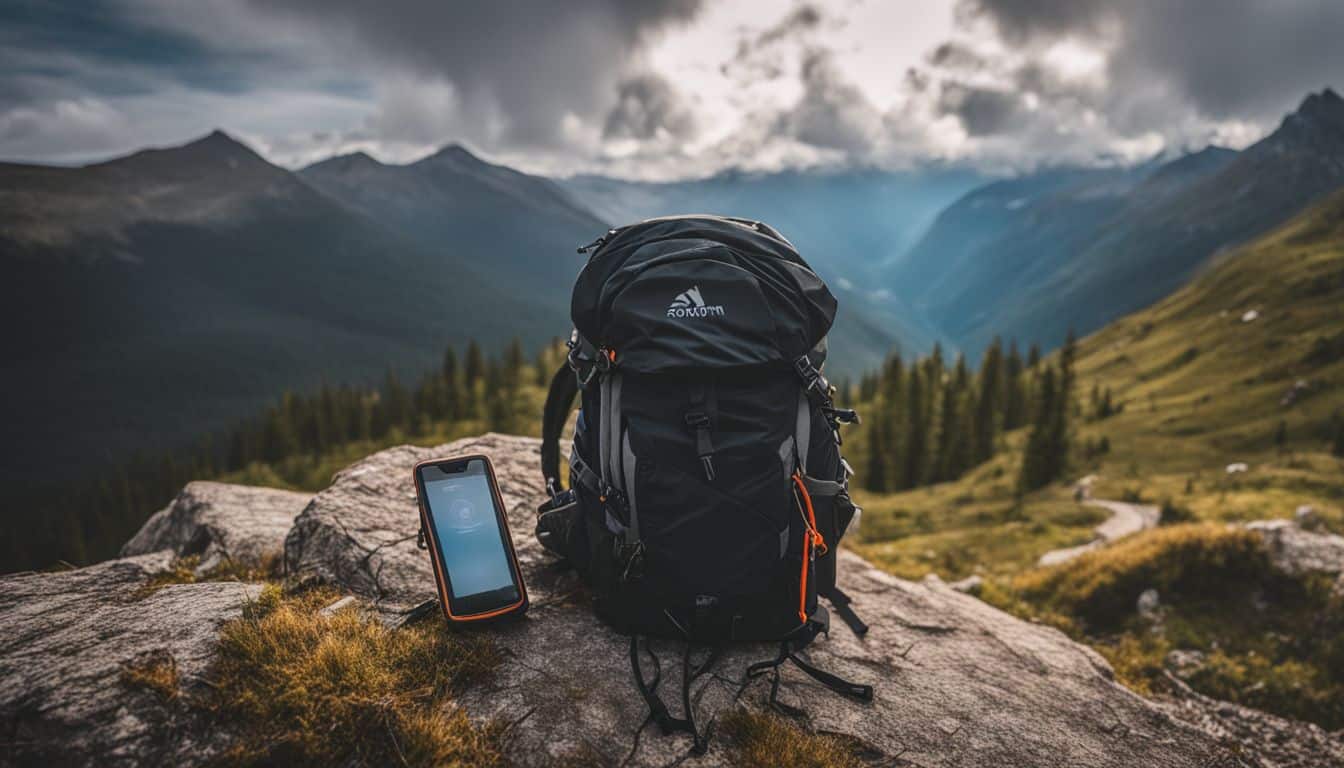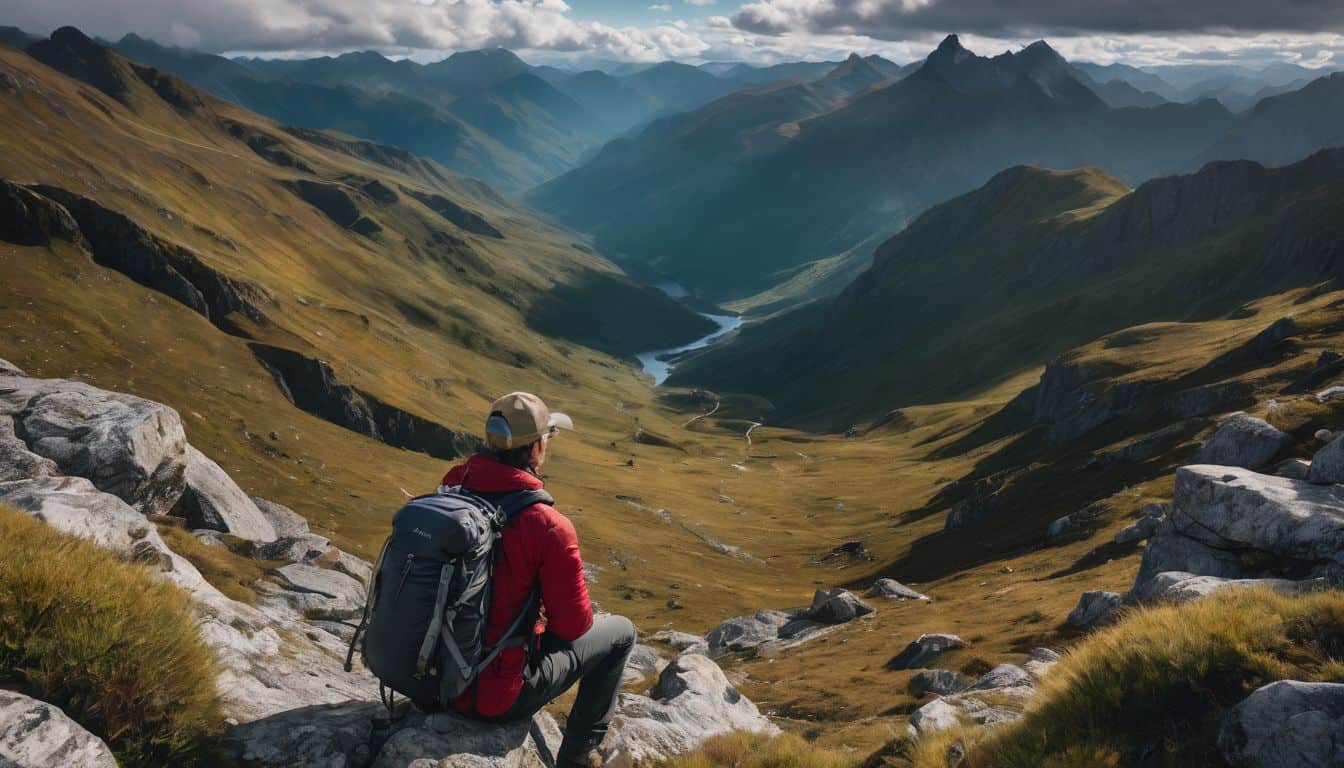Modern backpacking can be defined as a form of self-reliant travel where hikers carry their gear in backpacks, often for extended periods in wilderness areas. Over the years, this activity has undergone significant changes, driven by technological advancements, changing outdoor philosophies, and a growing emphasis on environmental conservation.
What was once a pursuit characterized by heavy loads and cumbersome gear has transformed into a lightweight, technology-driven adventure sport. This evolution has not only made backpacking more accessible but has also changed the way we interact with nature.
The Rise of Ultralight Backpacking
The 1990s marked a pivotal moment in backpacking history with the emergence of ultralight backpacking, a philosophy that would revolutionize the outdoor industry. Ray Jardine, an American outdoor adventurer and author who challenged traditional backpacking norms, largely popularized this movement.
Ray Jardine gained recognition after completing numerous long-distance hikes with gear he designed and built himself. His groundbreaking book, “The Pacific Crest Trail Hiker’s Handbook” (later known as “Beyond Backpacking”), introduced many of the principles that would define ultralight backpacking. Jardine emphasized the concept of “carry less, travel more,” focusing on minimalism and efficiency in gear choices.
The ultralight philosophy extends beyond just reducing weight. It involves a comprehensive approach to outdoor experiences, encouraging backpackers to be more conscious of their gear choices and more skilled in their outdoor techniques. Jardine’s teachings centered around optimizing the “Big Three” – shelter, sleeping system, and backpack:
- Shelter: Jardine popularized the use of lightweight tarps instead of traditional tents.
- Sleeping System: He advocated for quilts over conventional sleeping bags, offering comparable warmth at a fraction of the weight.
- Backpack: Jardine promoted frameless, minimally-padded packs without extraneous features.
The concept of a 10-pound base weight became a goal for many ultralight enthusiasts. This refers to the weight of all gear excluding consumables like food, water, and fuel. While not an official definition, many consider “ultralight” to be a base weight of around 10 pounds, though the exact number can vary.

Alongside Jardine, other pioneers like Lynne Whelden contributed to the growing ultralight narrative through documentaries and shared experiences. This era saw a blend of technological advancements, community wisdom, and a growing emphasis on eco-friendly practices, all of which propelled the ultralight movement forward.
The ultralight philosophy not only changed gear choices but also how backpackers interacted with nature. It encouraged a deeper connection with the environment and a more self-reliant approach to wilderness travel. As the movement gained momentum in the late 1990s and early 2000s, it transitioned from a niche idea to a significant trend in the outdoor community, influencing both gear manufacturers and backpacking practices.
Today, ultralight backpacking continues to evolve, with ongoing innovations in materials and design pushing the boundaries of lightweight gear. The philosophy has become mainstream, influencing not just long-distance hikers but casual backpackers as well, forever changing the landscape of modern backpacking.
Modern Backpacking Trends
Today’s backpackers benefit from the integration of technology, such as GPS devices and satellite communicators. These tools have revolutionized navigation and safety in remote areas, allowing hikers to explore with greater confidence. There’s also an increased focus on sustainability and eco-friendly practices, with many backpackers opting for gear made from sustainable materials and adhering strictly to Leave No Trace principles. The growth of long-distance hiking and thru-hiking culture has further shaped the modern backpacking landscape, creating a diverse community of adventurers seeking both physical challenge and deep connection with nature.
For those new to backpacking, understanding the various types of camping can help in choosing the right approach for your skill level and interests. This knowledge can significantly enhance the overall outdoor experience, whether you’re planning a weekend trip or a long-distance trek.

The Impact of Modern Backpacking on Outdoor Recreation
Modern backpacking has increased accessibility to wilderness areas and influenced outdoor education and skills development. The availability of lightweight, high-performance gear has made backcountry exploration more accessible to a wider range of people.
This democratization of outdoor adventure has led to changes in Leave No Trace principles and practices as more people venture into the backcountry. Outdoor education programs have evolved to incorporate modern gear and techniques, emphasizing both traditional skills and contemporary approaches to wilderness travel.
Challenges and Controversies in Modern Backpacking
With increased popularity come challenges, such as overcrowding of popular trails and debates over gear minimalism versus safety. Some iconic trails and destinations are experiencing unprecedented visitor numbers, leading to concerns about environmental impact and the quality of the wilderness experience.
The ultralight philosophy, while popular, has sparked debates about the balance between weight savings and adequate preparation for emergencies. Environmental impacts of increased backcountry use remain a concern for many outdoor enthusiasts and conservationists, prompting discussions about sustainable trail management and visitor education.
The Future of Backpacking
The future of backpacking looks bright, with emerging technologies and materials promising even lighter and more efficient gear. Innovations in fabric technology and design are likely to push the boundaries of what’s possible in outdoor equipment.
As backpacking continues to evolve, it may play an increasingly important role in addressing environmental and social issues. Many backpackers are becoming advocates for wilderness preservation and sustainable outdoor practices, using their experiences to raise awareness about environmental challenges.
For those interested in extending their backpacking season, learning about seasonal backpacking can provide valuable insights. This knowledge allows hikers to safely and comfortably explore diverse environments year-round. Additionally, knowing how to handle camping in rainy weather is essential for any modern backpacker, ensuring enjoyable trips regardless of weather conditions.
Conclusion
Modern backpacking has evolved from a niche outdoor activity to a diverse and accessible form of recreation. As we look to the future, the enduring appeal of backpacking in our digital age speaks to our innate desire to connect with nature and challenge ourselves in the great outdoors.

Leave a Reply